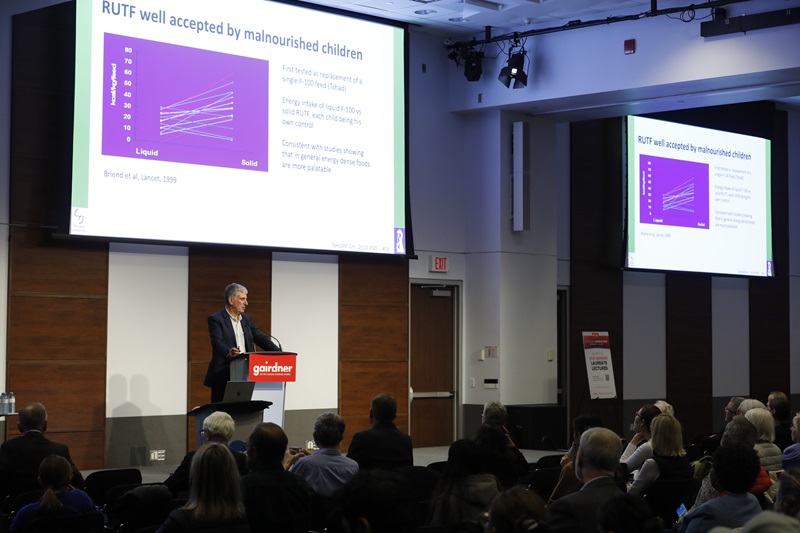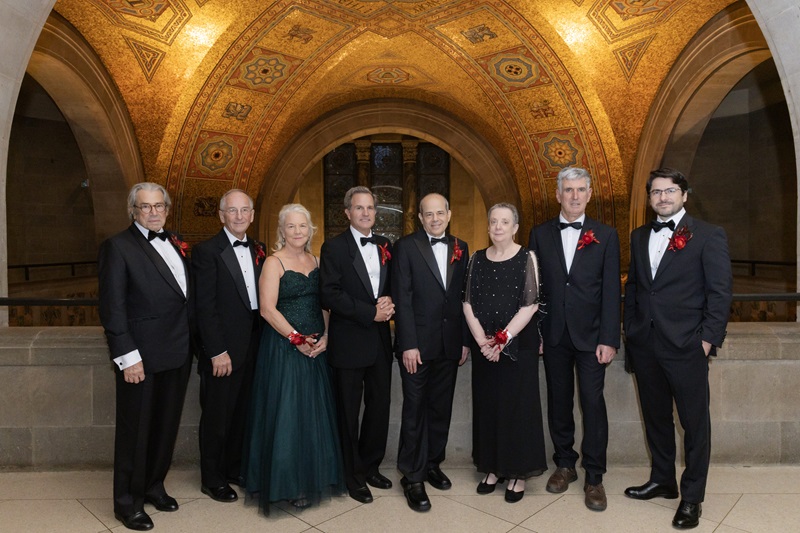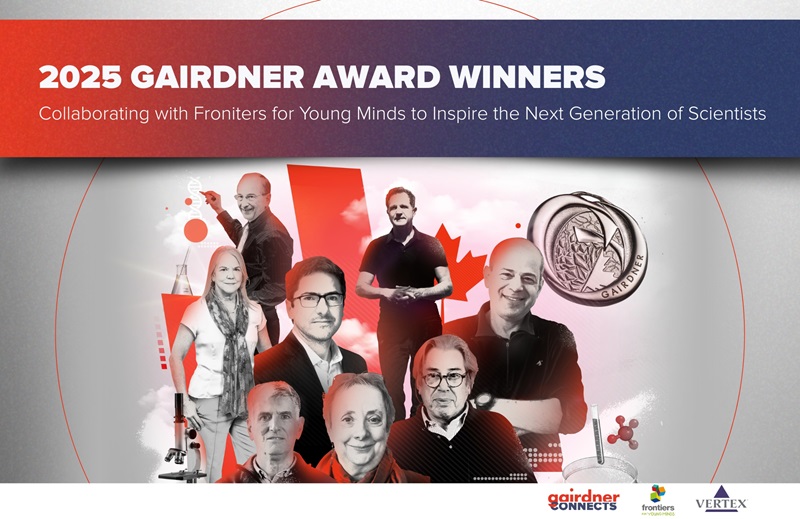Paul Negulescu
.tmb-cfthumb_fb.jpg?Culture=en&sfvrsn=dda3b96b_1)
Paul received both his B.S. and Ph.D. from U.C. Berkeley in Physiology and carried out post-doctoral work at U.C. Berkeley and U.C. Irvine in the areas of epithelial biology, ion channel biophysics and immunology. Following postdoctoral work, Paul joined Aurora Biosciences in 1996, a San Diego Company whose founders included Nobel Prize Laureate Roger Tsien. Paul began working on cystic fibrosis (CF) and pain while at Aurora and played an important role in establishing the collaboration with the Cystic Fibrosis Foundation.
When Vertex acquired Aurora in 2001, Paul was responsible for integrating Aurora’s research into Vertex. From 2003 to 2022, Paul served as Site Head for the Vertex San Diego research site. During that time, the San Diego team discovered over a dozen clinical candidates, including the first CFTR modulators for CF to enter clinical studies. Five of these compounds, ivacaftor, lumacaftor, tezacaftor, elexacaftor, and vanzacaftor are now approved medicines to treat the underlying cause of cystic fibrosis and could treat up to 90% of people with CF.
Paul’s work, and leadership of his team, has been recognized externally. He received the Warren Alpert Prize and was a 2022 Shaw Prize in Life Sciences and Medicine recipient. In 2023, Paul received the Wiley Prize in Biomedical Sciences and in 2024 Paul and his Vertex colleagues were recognized with the 2024 Breakthrough Prize in Life Sciences for “developing life-transforming drug combinations that repair the defective chloride channel protein in patients with cystic fibrosis.
The Work:
Cystic fibrosis is a genetic disorder affecting more than 125,000 people worldwide. It arises from mutations in the cystic fibrosis transmembrane conductance regulator (CFTR) gene, which encodes a protein responsible for regulating chloride and bicarbonate transport across cell membranes. This process is crucial for maintaining the fluidity of mucus and other protective substances in organs like the lungs and pancreas. When the CFTR protein malfunctions, it results in clogged passageways, severe infections, and organ damage.
Beginning in the early 1990s, Dr. Michael Welsh and colleagues revolutionized the understanding of cystic fibrosis by demonstrating that the CFTR protein is a chloride ion channel and is regulated by phosphorylation and ATP. They also showed how mutations disrupt CFTR function, preventing its proper activity in the cell membrane, and that misfolding and impaired function caused by the common DF508 mutation can be repaired in the laboratory.
This deeper understanding enabled the classification of cystic fibrosis mutations and paved the way for targeted therapies to correct CFTR protein defects. Dr. Paul Negulescu led the research team at Vertex Pharmaceuticals that developed the first-ever protein folding correctors, a novel class of medicines. Specifically, these medicines act by restoring the function of the CFTR protein. Two of these, Trikafta and more recently Alyftrek, are triple-combination therapies with the potential to treat approximately 90% of cystic fibrosis patients, including those with the DF508 mutation.
The Impact:
The work of Drs. Welsh and Negulescu and their teams have transformed cystic fibrosis from a fatal disease into a manageable condition for patients receiving treatment, showcasing how fundamental science can lead to life-saving innovations. Their efforts span the entire biomedical journey, from basic discovery to therapeutic intervention.
Previously, cystic fibrosis treatments focused only on managing symptoms, with patients facing significantly reduced life expectancy. Today, treatments built on Dr. Welsh’s discoveries and innovations by Dr. Negulescu’s team at Vertex address the disease's root causes and can provide greater quality of life and life expectancy to those who receive it.
Beyond cystic fibrosis, their achievements have reshaped genetic medicine by proving the viability of mutation-specific treatments and offering a framework for addressing other protein folding disorders.



24d51815-2494-4f8a-b8f0-dc824e0d99cc.tmb-cfthumb_fb.jpg?Culture=en&sfvrsn=723f4ba6_1)


.tmb-cfthumb_fb.jpg?Culture=en&sfvrsn=72bc0e8_1)




3525a8b6-b65a-4e24-a7f6-158e625c18ab.tmb-cfthumb_fb.jpg?Culture=en&sfvrsn=63e08bc9_1)
